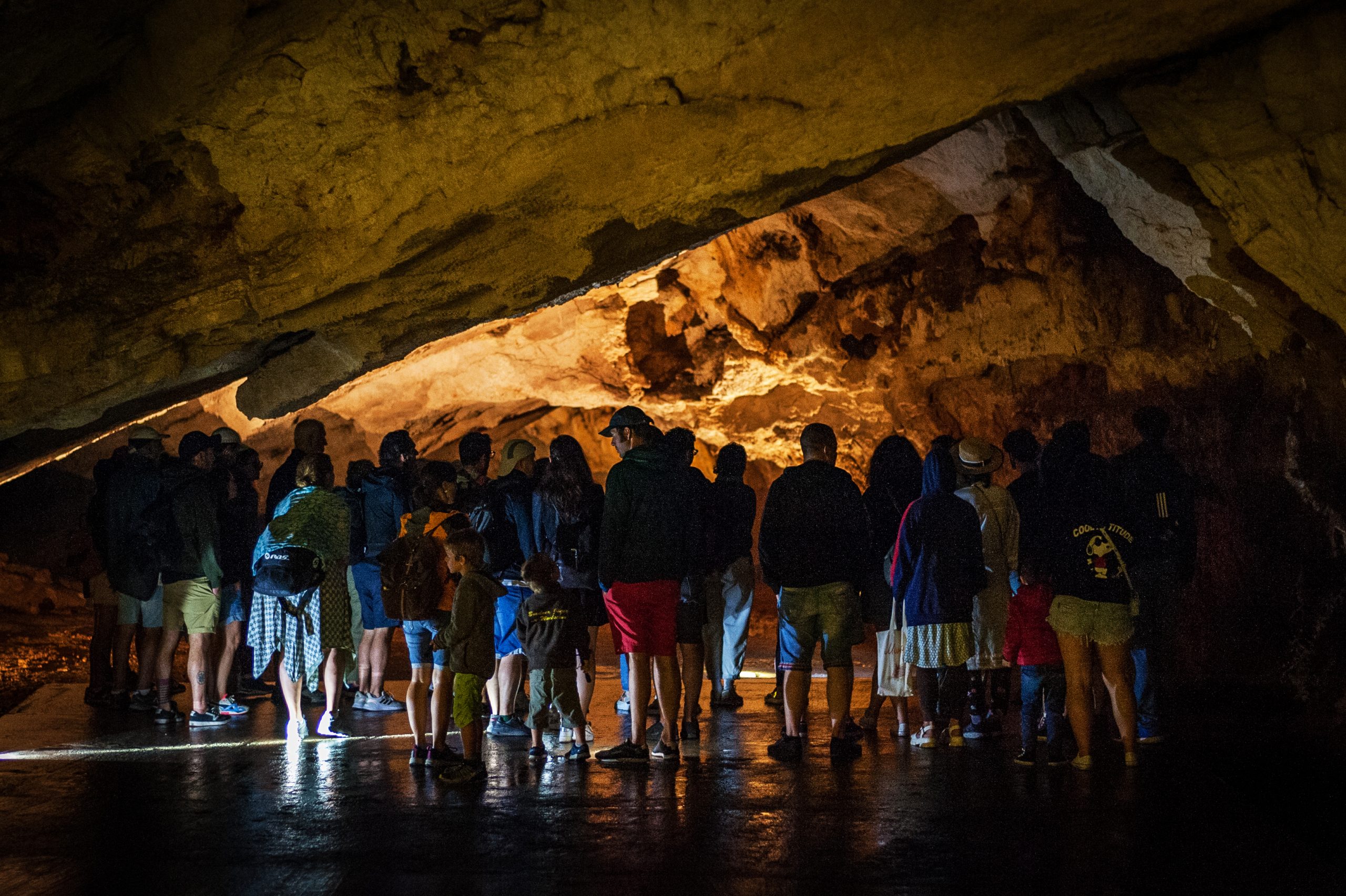Exploring the Chill
Caves have captivated human curiosity for millennia. They are mysterious, ancient realms hidden beneath the earth’s surface, harboring secrets and wonders waiting to be discovered. However, one of the most noticeable aspects of caves is their coldness. Step inside, and you’ll feel the temperature drop, even on the hottest of days.
Why is it cold inside a cave? Let’s delve into the fascinating science behind this natural phenomenon.
1. Geothermal Influence: One of the primary factors contributing to the chill inside caves is their connection to the Earth’s geothermal energy. Deep within the ground, temperatures remain relatively stable throughout the year. As caves extend below the surface, they tap into this geothermal heat sink. However, since caves are shielded from direct sunlight, they don’t experience the warming effect of solar radiation, causing them to remain cooler than the surface above.
2. Thermal Inertia: Unlike the surface environment, which responds quickly to changes in weather and sunlight, caves exhibit a phenomenon known as thermal inertia. This means that their temperature changes more slowly in response to external conditions. Therefore, even during the scorching heat of summer or the bitter cold of winter, caves maintain a relatively constant temperature, often cooler than the surrounding air.
3. Conduction and Convection: Inside caves, the temperature is regulated by the processes of conduction and convection. When air or water enters the cave from outside, it carries with it the temperature of the surrounding environment. As this air or water comes into contact with the cave walls, which have been absorbing geothermal energy from below, heat is transferred from the air or water to the cooler cave walls, causing the temperature inside the cave to change.
4. Ventilation: The lack of direct sunlight and limited openings in many caves restricts airflow, contributing to their coolness. Without adequate ventilation, warm air from the outside struggles to penetrate deep into the cave system. Instead, cooler air from within the cave circulates, maintaining its lower temperature. This circulation pattern further reinforces the cold environment inside the cave.
5. Humidity: Caves often have high humidity levels due to water seepage from the surrounding rocks and the presence of underground streams or lakes. High humidity can contribute to the sensation of coldness by enhancing the evaporative cooling effect on the skin. Even if the actual air temperature isn’t extremely low, the high humidity can make it feel colder than it actually is.
6. Altitude and Location: Additionally, the altitude and geographic location of a cave can influence its temperature. Caves located in mountainous regions or at higher elevations tend to be cooler due to the lower temperatures found at higher altitudes. Similarly, caves situated in colder climates may experience more significant temperature drops compared to those in warmer regions.
The coldness experienced inside a cave is a result of various interconnected factors, including geothermal influence, thermal inertia, conduction and convection, limited ventilation, humidity, altitude, and location.
These factors work together to create the unique microclimate found within caves, inviting adventurers to explore their depths and marvel at the wonders of the natural world. So, the next time you venture into a cave and feel the chill creeping in, remember the fascinating science behind its cool embrace.
If you’re curious and wish to find out about the purposes caves served in the past, their practical aspect to humankind, we suggest you read the blog post Lipa cave-a cool gallery of past traces.


